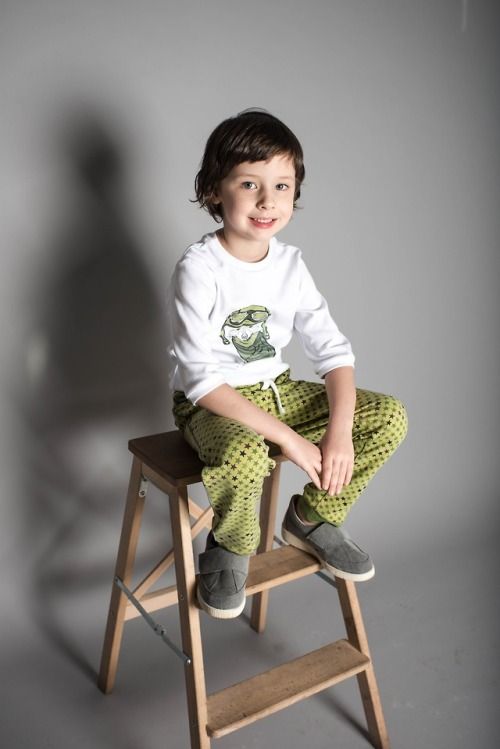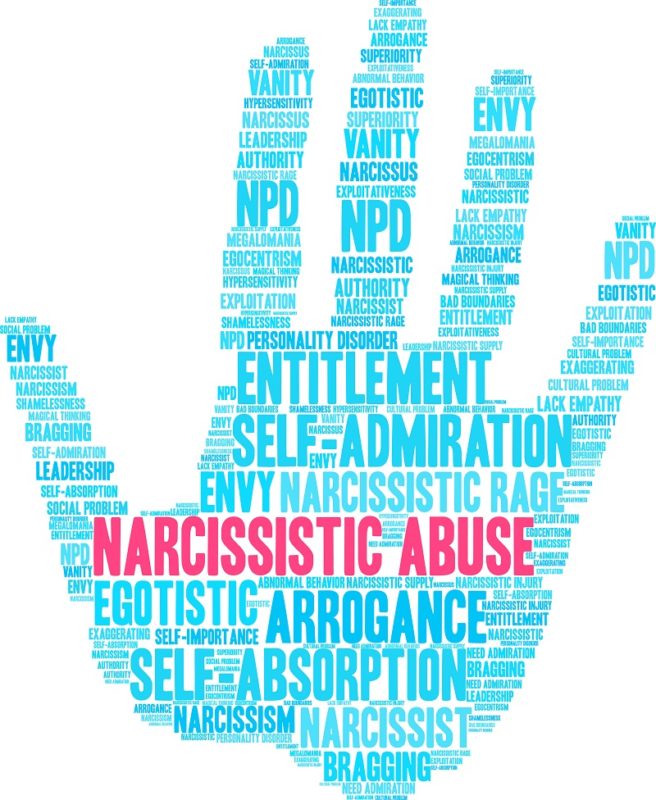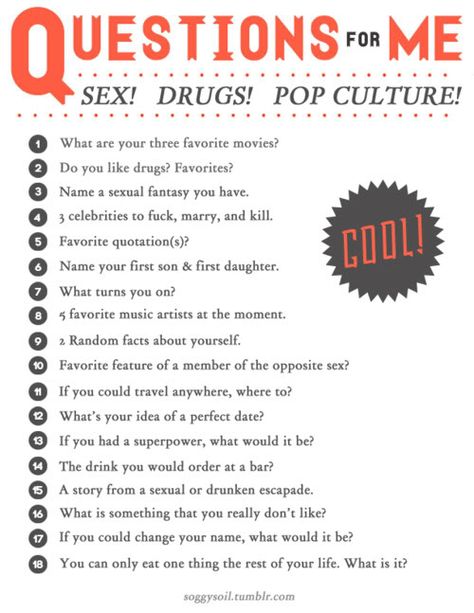Children modeling behavior
Monkey see, monkey do: Model behavior in early childhood
Have you ever heard the phrase “Do as I say, not as I do?” Children, it turns out, will actually do both. Children learn and imitate behaviors by watching and listening to others. This is sometimes called “observational learning,” when children can learn things simply by observing others. The models do not have to be people that the child directly interacts with. Children learn from models all around them, on television, in the grocery store, at school and at home.
You have likely witnessed some observational learning with your child or even in your interactions with other children. Maybe your child comes home from school casting imaginary webs like Spiderman, even though they have never had any introduction to the character at home. Or perhaps they show off a new, not-so-child-friendly vocabulary word after the family reunion. Wherever they are, whomever they are around, children are observing and learning.
Watching a specific behavior does not necessarily mean a child will perform the behavior themselves; watching someone break a toy does not automatically mean your child will begin destroying things. Whether or not they demonstrate a new behavior, they are picking up new knowledge. Children are learning about the behavioral choices of others and also about the consequences of those behaviors.
What modeled behaviors children will imitate depends partly on what sort of reinforcement those behaviors receive. People are more likely to imitate a behavior if they get some sort of positive reinforcement for it. For example, if a child overhears another child swearing, he might learn new words, but may not necessarily use them. If, however, the child gets some sort of reward for swearing, such as acceptance or encouragement from an adult, an observing child might be more likely to copy this behavior. Don’t forget that laughter can be an unintended positive reinforcement. The same can be said if someone witnesses a negative reinforcement, such as scolding for swearing. A child may be less likely to imitate the behavior.
Through the process of modeling, children can learn aggressive behaviors by observing them. Sometimes this occurs through live models and direct experiences, but it often happens by watching television and other programming where aggressive behaviors occur. If these aggressive behaviors are reinforced, children might be likely to imitate them and execute aggressive acts themselves.
Sometimes this occurs through live models and direct experiences, but it often happens by watching television and other programming where aggressive behaviors occur. If these aggressive behaviors are reinforced, children might be likely to imitate them and execute aggressive acts themselves.
On the opposite end of the spectrum, children can also acquire prosocial behaviors through observational learning. Watching someone cooperate, share, take turns and demonstrate altruistic acts can teach children to show those behaviors too.
Michigan State University Extension has some tips on how to ensure your child has opportunities to witness and experience modeling in a positive way.
Be intentional about your child’s surroundings. Do your best to surround your children with constructive models and situations where positive behaviors are reinforced. If there are places, people or activities that model negative or worrisome behavior, work to find more positive situations for your child.
Notice the positive. When it comes to child behavior, you will often get more of the behaviors you are noticing. Point out positive behaviors in your child and in others, provide reinforcement and talk about them with your child. Catch your child being good!
Limit or eliminate exposure to negative influences. Violent or aggressive television shows, movies, games or activities are teaching your child. Even interactions with other children and adults can prove to be a negative modeling experience for your child. When possible, limit or eliminate these experiences and work to provide more positive models for your child. When in doubt, think of your child doing exactly what they are observing and ask yourself if you would be proud of that behavior. If the answer is “no,” you may be helping your child learn a lesson you don’t want them to know.
Talk about it. When a situation cannot be avoided or a child witnesses negative modeling behavior, think of it as a teachable moment.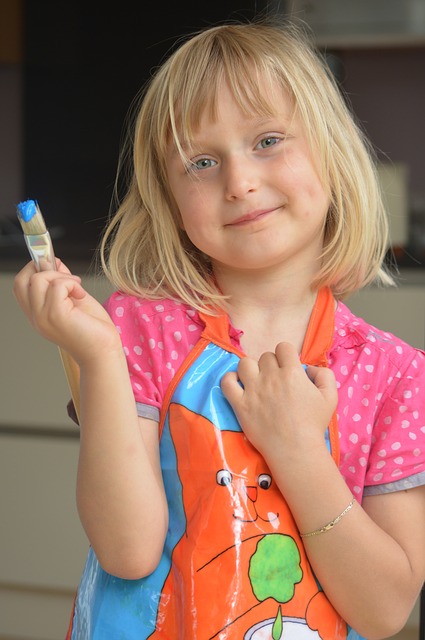 You can talk to your child about what constitutes acceptable and helpful behavior, what it looks like and why the negative behaviors are not acceptable. Children not only learn from watching, but listening too.
You can talk to your child about what constitutes acceptable and helpful behavior, what it looks like and why the negative behaviors are not acceptable. Children not only learn from watching, but listening too.
Do as you say. You are your child’s first and most important teacher. They are watching and learning from you each and every day, whether or not you intend to teach them. Show them kindness and love, model compassion and helpfulness and teach them positive ways of interacting with people and the world around them.
Learn more about modeling and technological influences in the following Michigan State University Extension articles:
- Young children learn by copying you!
- Do you need to limit your child’s screen time?
- Kids and technology: Is it ever too much of a good thing?
For more articles on child development, academic success, parenting and life skill development, please visit the MSU Extension website.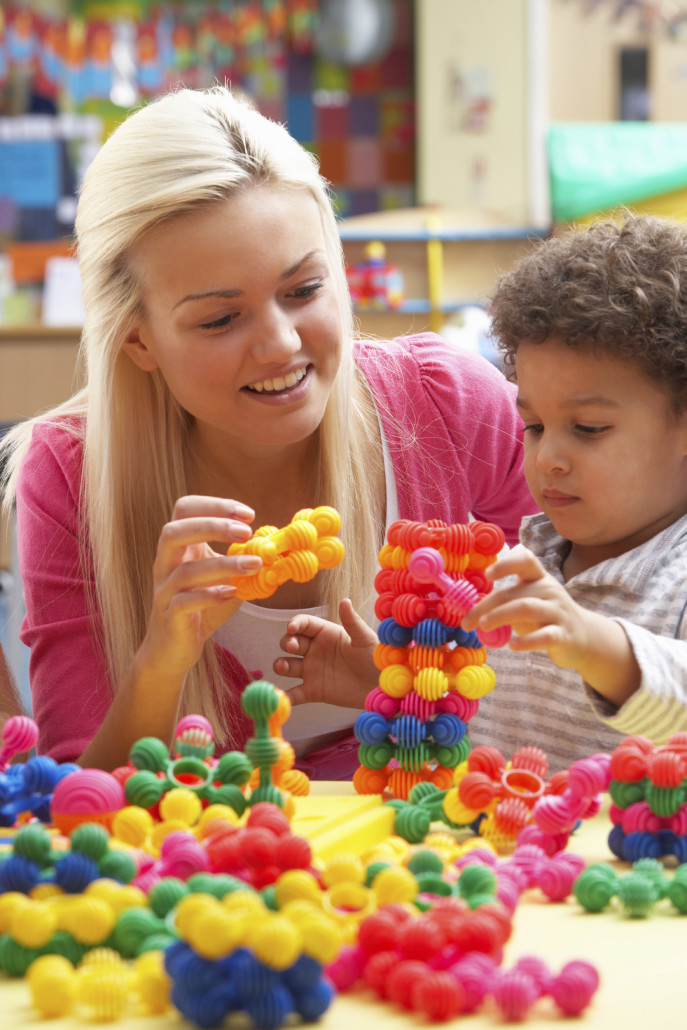
This article was published by Michigan State University Extension. For more information, visit https://extension.msu.edu. To have a digest of information delivered straight to your email inbox, visit https://extension.msu.edu/newsletters. To contact an expert in your area, visit https://extension.msu.edu/experts, or call 888-MSUE4MI (888-678-3464).
Did you find this article useful?
Behavioural Modelling in Children - Child Development Clinic
“Child See, Child Do” – Behavioural Modelling and Observational Learning
by Kaelan Jones, Provisional Psychologist - BPsych (Hons) MProfPsyc
May 2019
Children watch others, and from watching others they learn what to do. Simply stating, “do as I say not as I do” will not stop your child from watching, learning, and modelling your behaviour, whether it be positive or negative. Whether your child is a toddler, tween or teenager; their behaviour will always be shaped by how you and those around them behave.
Behavioural Modelling and Observational learning
Psychologist, Albert Bandura, amongst other researchers established that as humans we are naturally inclined to engage in observation, and learn from others. An experiment commonly known as the “Bobo Doll Experiment,” showed that children aged 3-to-6 years of age treated an inflatable doll the same way that they observed adults doing so. For instance, children who observed an adult being aggressive towards the Bobo Doll became aggressive in their interactions with the Bobo Doll, whereas those who observed an adult being kind displayed kindness.
Now, take a moment to reflect on when you were younger…
- How did you learn to tie your shoelaces?
- Did you ever use a swear word you shouldn’t have after hearing it used by adults around you?
- Did you ever pretend to apply makeup like mum, or shave your face like dad?
To have become the person you are today, you would have no doubt engaged in behavioural modelling and observational learning.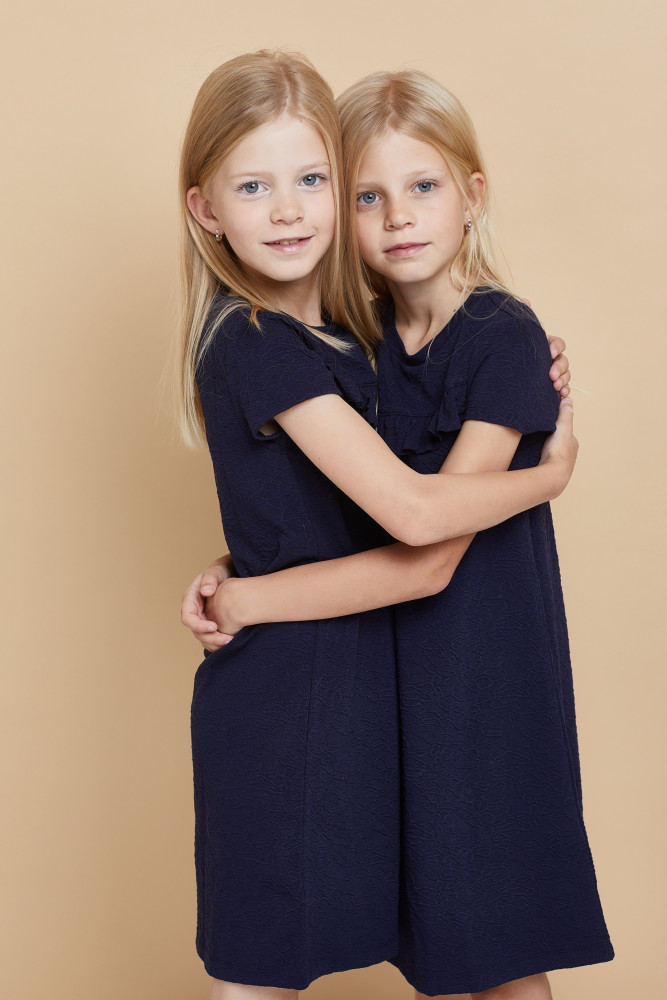 Now that you are an adult, a parent, a carer; it is important to keep in mind that you now have younger people looking up to you and observing you closely to learn how to navigate the world.
Now that you are an adult, a parent, a carer; it is important to keep in mind that you now have younger people looking up to you and observing you closely to learn how to navigate the world.
- If a child sees a person being rewarded for their behaviour, then they are more likely to model that behaviour. Conversely, if they see someone being punished for their behaviour, then they will likely not imitate that behaviour.
- A child is likely to look up to, and imitate someone who is in an authoritative position (e.g. parent, teacher) and/or someone who is of a higher social status (e.g. peer, celebrity).
- A child is likely to closely observe and model those who are similar or like them (i.e. same age, sex, and interests).
- If a child lacks confidence or is unfamiliar with a situation, they are likely to observe others to understand what to do.
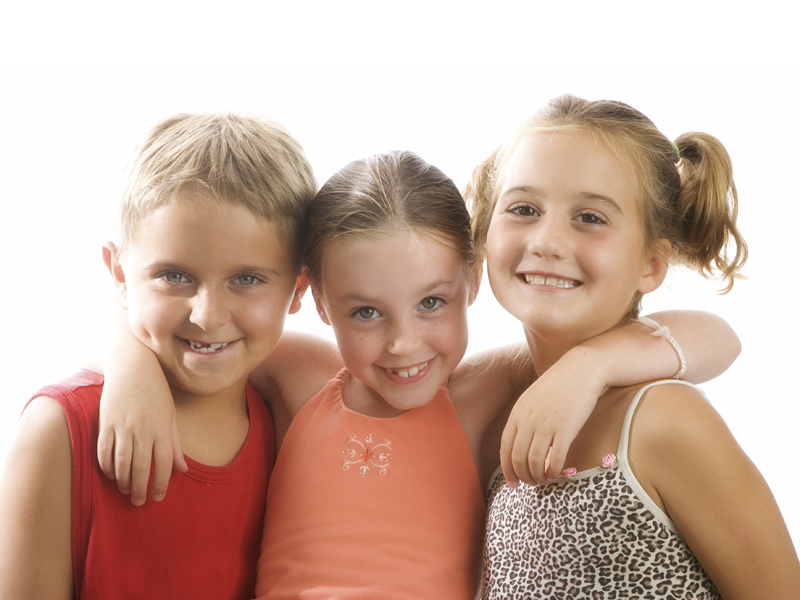
Be sure to follow the rules that you set for your child. Children have difficulty understanding how a rule can be broken “sometimes” by an adult without the adult receiving punishment. Therefore, when we try to discipline the child for breaking a rule we have set, we are likely to get the response, “but how come you’re allowed and I’m not.”
Be cautious of modelling unhealthy behaviour. To get our children to develop healthy habits, we need to be cautious of the behaviours that we are engaging in around them.
Show them, don’t just tell them. Model the healthy behaviours rather than just telling them to do them. A child might not understand or know how to do what you are telling them to do. Also, children do not enjoy being lectured. Therefore, next time you are telling your child to do something, take a moment to show them what you would like them to do.
If it is another person’s (e.g. a peer, another parent, a celebrity) behaviour they are modelling, you might be feeling a little bit stuck wondering what role you can play. It is not uncommon for adolescent aged children to turn to their peers and begin modelling their behaviours. So, what can you do when your child models the behaviour of others, and it is behaviour you don’t agree with?
You could try the following:
- Continue to model behaviours you would like your child to display
- Reward positive behaviours
- Do not lecture them about what they are doing wrong, but make them aware of the consequences for negative behaviour choices.
- Do not be judgemental. Instead be curious and empathetic. That is, you could ask them why they are behaving in such a way.
- Be careful not to criticise the behaviour of the person they are modelling.
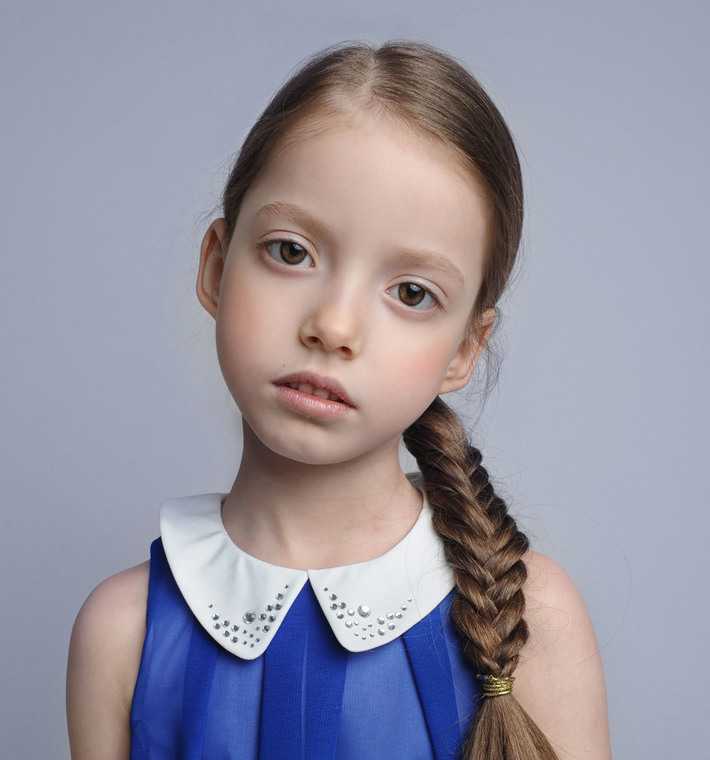 For instance, if you criticise the behaviour of one of their closest friends, this could lead to them getting closer to their friend, and further from you.
For instance, if you criticise the behaviour of one of their closest friends, this could lead to them getting closer to their friend, and further from you.
The importance of observational learning and behavioural modelling in the context of mental health
It is important as the adults in our children’s lives that we try our best not to reflect own anxiety and low mood onto them. Whilst it can be hard to mask our Anxiety and Depression, there are some things we can try to prevent our children observing, and later modelling, our anxious and depressive behaviours.
Anxiety- Try to model healthy ways of handling your anxiety – e.g. facing your fears, calming strategies and mindfulness practice.
- Do not reinforce fear through your body language or tone of voice – i.e. you do not want to have your body language or tone voice indicating to your child that a thing or situation is something to be afraid of, if it really isn’t.
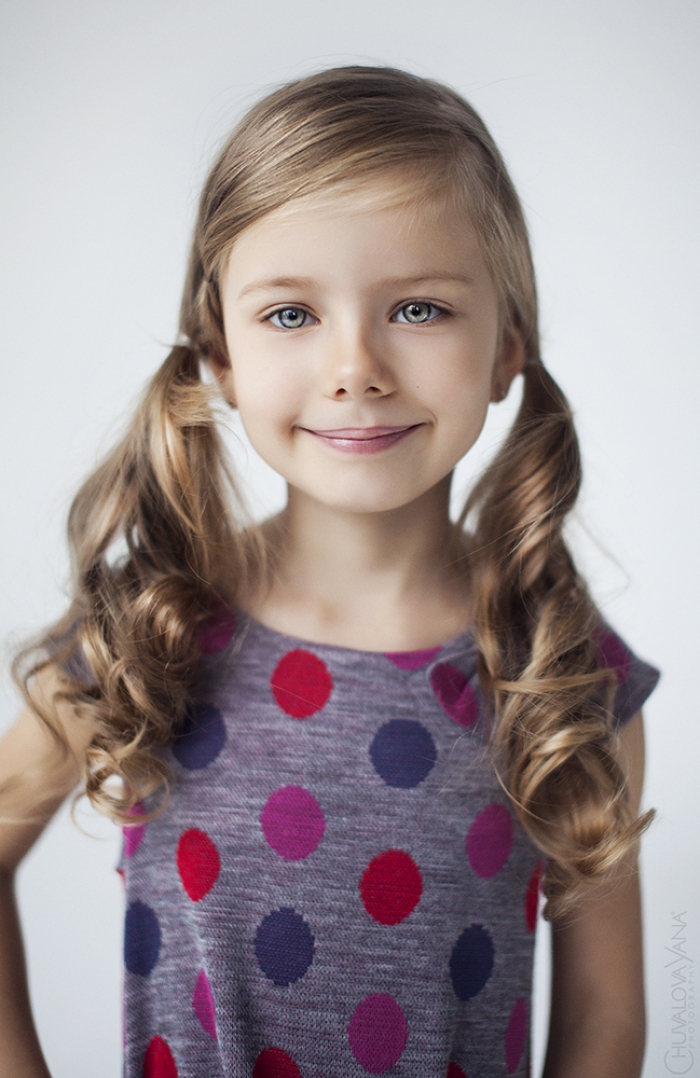
- Try not to ask leading questions when they are in a situation that you might think is anxiety provoking. For example, a question such as “are you anxious?” could make them think there is something to be anxious about. If you think they might have some anxiety about something, ask them something more open like, “how are you feeling?”
- Do not avoid things that make you or your child anxious, as this teaches them that it is ok to avoid things that make them uncomfortable.
- Try to model healthy ways of handling your Depression – e.g. seeking support, engaging in physical activity, engaging socially.
- Do not avoid talking about or expressing your negative emotions (i.e. extreme sadness). Without acknowledging negative emotions and speaking about them openly, your child will think that it is normal to bottle up their negative emotions and hide them from others.
Sources
Bandura, A..jpg) , Ross, D., & Ross, S. A. (1961). Transmission of aggression through imitation of aggressive models. Journal of Abnormal and Social Psychology, 63, 575-582. Retrieved from: https://pdfs.semanticscholar.org/3706/7acd33ad2ba2ed384baada06e7d74b800399.pdf
, Ross, D., & Ross, S. A. (1961). Transmission of aggression through imitation of aggressive models. Journal of Abnormal and Social Psychology, 63, 575-582. Retrieved from: https://pdfs.semanticscholar.org/3706/7acd33ad2ba2ed384baada06e7d74b800399.pdf
Cherry, K. (2019). How observational learning affects behaviour. Retrieved from: https://www.verywellmind.com/what-is-observational-learning-2795402
Goldstein, C. (2019). What to do (and not to do) when children are anxious. Retrieved from: https://childmind.org/article/what-to-do-and-not-do-when-children-are-anxious/
Health Direct. (2017). Kids and mental health. Retrieved from: https://www.healthdirect.gov.au/kids-mental-health
Mcleod, S. (2016). Bandura – Social Learning Theory. Retrieved from: https://www.simplypsychology.org/bandura.html
Morin, A. (2018). Role model the behaviour you want to see from your kids. Retrieved from: https://www.verywellfamily.com/role-model-the-behavior-you-want-to-see-from-your-kids-1094785
Raising Children Network:
https://raisingchildren. net.au/school-age/health-daily-care
net.au/school-age/health-daily-care
https://raisingchildren.net.au/pre-teens/mental-health-physical-health
https://raisingchildren.net.au/teens/mental-health-physical-health
The Bobo Doll experiment video: https://www.youtube.com/watch?v=NjTxQy_U3ac
Back to Resources
Methods and techniques for organizing role-playing games with children
Currently, much attention is paid to the problem of socialization in the development and education of preschool children.
The process of socialization begins in a person in childhood and continues throughout life. The child strives for vigorous activity, and it is important not to let this desire fade away, it is important to contribute to its further development. The fuller and more varied children's activity, the more significant it is for the child and corresponds to his nature, the more successful his development is. That is why the closest and most natural for a preschooler are games and active communication with others - with adults and peers.
Plot - role-playing game - the first test of social forces and their first test.
Plot-role play is an activity in which children take on the labor or social functions of adults and, in specially created play, imaginary conditions, reproduce (or model) the life of adults and the relationships between them.
An independent story game is a favorite activity for preschoolers, it is in it that their abilities are developed to the maximum.
When managing role-playing games, educators face the following tasks:
• development of the game as an activity (expanding the themes of games, deepening their content);
• use of the game for the purpose of educating a group of children and individual children,
Leading a role-playing game requires great skill and pedagogical tact. The educator must direct the game without disturbing it, maintain the independent and creative nature of the game activity.
Indirect tricks - without direct intervention in the game (bringing in toys, creating a game environment before the start of the game).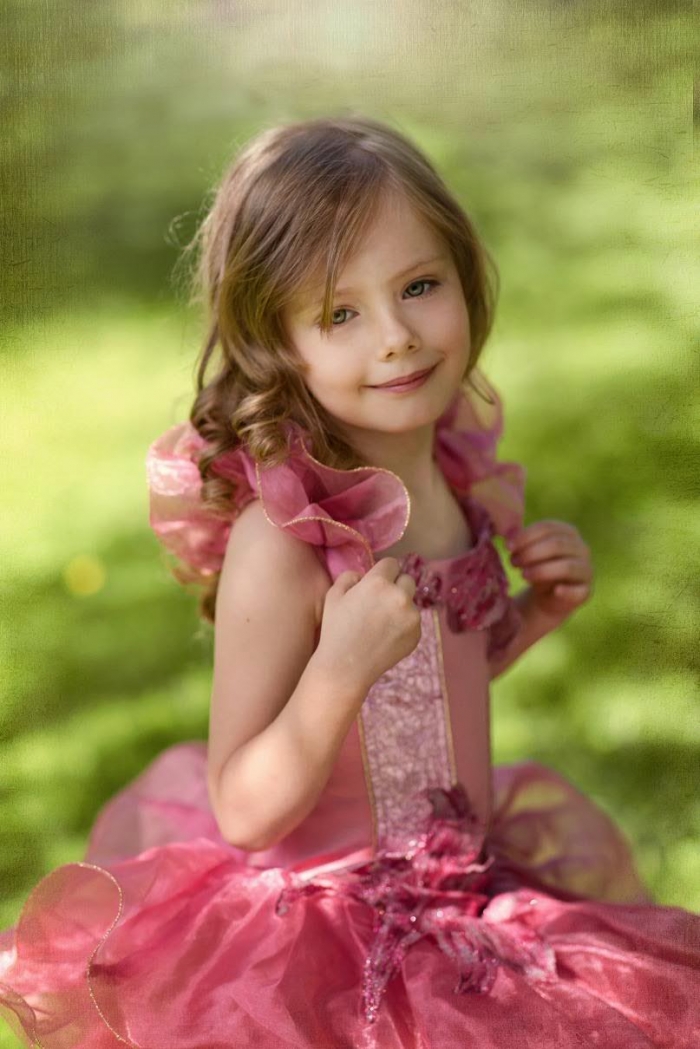
Direct methods - direct inclusion of the teacher in the game (role-playing participation in the game, participation in the collusion of children, clarification, help, advice during the game, suggesting a new topic for the game, etc.). The teacher influences both the choice of the topic and the development of its plot, helps the children to distribute roles, filling them with moral content.
The following pedagogical approach is presented in the studies of S. L. Novoselova and E. V. Zvorygina, who developed a complex method game guides. The integrated method of leadership is a system of pedagogical influences that contribute to the development of children's independent plot play, based on its age characteristics and potential development of the child's intellect.
This method includes the following components: - systematic pedagogically active enrichment of children's life experience;
- joint (educational) games of a teacher with children aimed at transferring to them the gaming experience of the traditional culture of play; - timely change in the subject-game environment, taking into account the enriching life and gaming experience;
- activating communication between an adult and children, aimed at encouraging them to independently use new ways of solving game problems and new knowledge about the world in the game.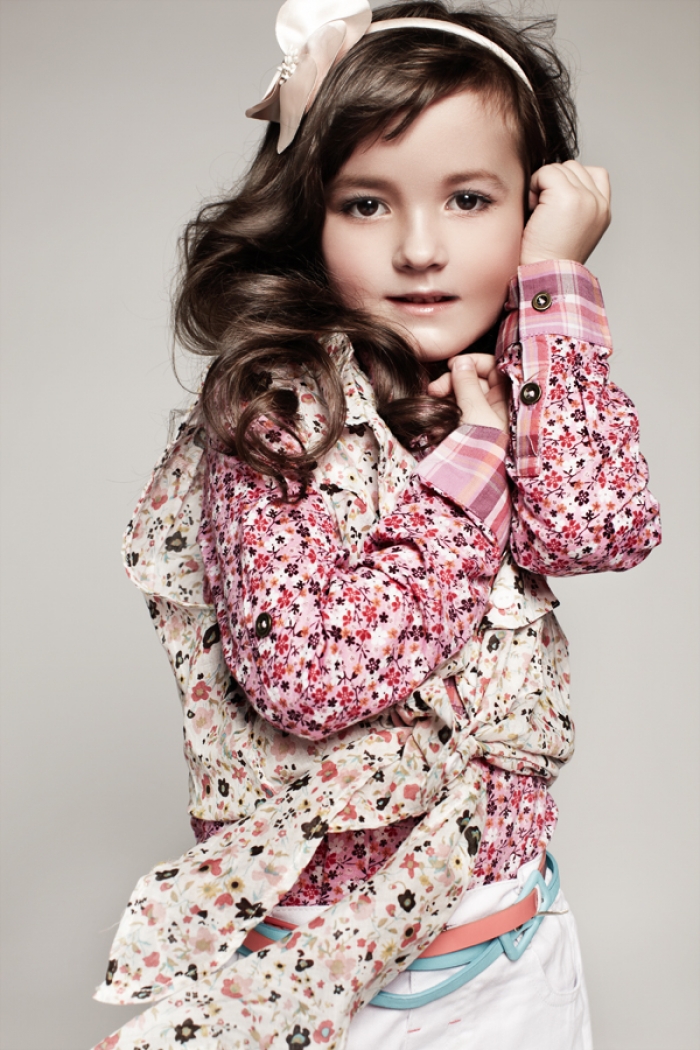
The task of the educator is to make play the content of children's lives, to reveal to the kids the diversity of the world of play.
The child develops in the process of communication with adults. This process is based on the emotional contact between an adult and a child, which gradually develops into cooperation, which becomes a necessary condition for the development of the child. Cooperation lies in the fact that not only an adult strives to convey his experience, but also a child wants and can learn it.
Therefore, when working in groups with children, I try to establish emotional contact with the child. To do this, I use a number of didactic games, the purpose of which is to form an emotional contact with an adult, and also use didactic games to form ideas about myself and others.
Children of primary preschool age should be taught to beat toys. For this, I use cats, dogs, hares, bears, etc. This contributes to the development of the communication function in children, and has an impact on the moral education of the child's personality.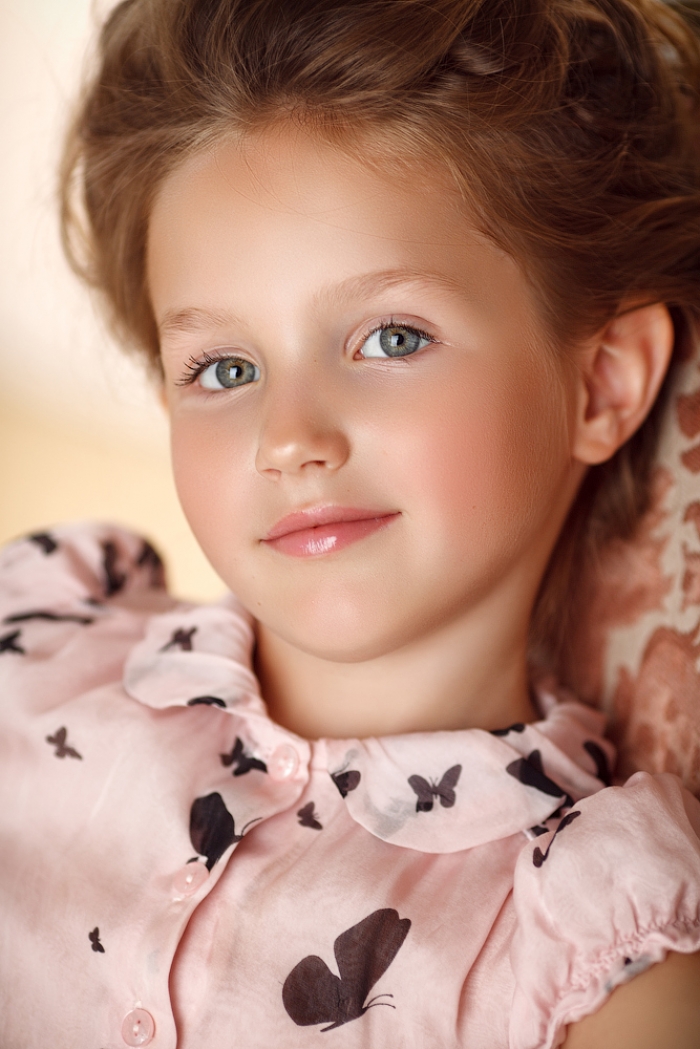 By playing with toys, I teach the child to take care, to empathize. I pay special attention to the doll. I teach a child to perceive a doll as a substitute for a person, and then I teach children how to play with it: feeding, undressing and dressing, putting to bed, etc. To do this, I conduct observations and analyze actions in everyday life. This work is best done in the process of regime moments. I draw the attention of the children to the fact that first they washed their hands, and then they sat down at the table, put on pajamas, and then went to bed, etc.
By playing with toys, I teach the child to take care, to empathize. I pay special attention to the doll. I teach a child to perceive a doll as a substitute for a person, and then I teach children how to play with it: feeding, undressing and dressing, putting to bed, etc. To do this, I conduct observations and analyze actions in everyday life. This work is best done in the process of regime moments. I draw the attention of the children to the fact that first they washed their hands, and then they sat down at the table, put on pajamas, and then went to bed, etc.
The formation of play activity in children should take place in close connection with the expansion of ideas about the phenomena of social life.
First, I offer the children the roles that are closest to them in content. These are the roles of adults with whom they communicate in everyday life (mothers, educators, etc.). To enrich the experience of children, I use various methodological techniques: excursions, observations of the relationship of people in work, reading fiction, conversations.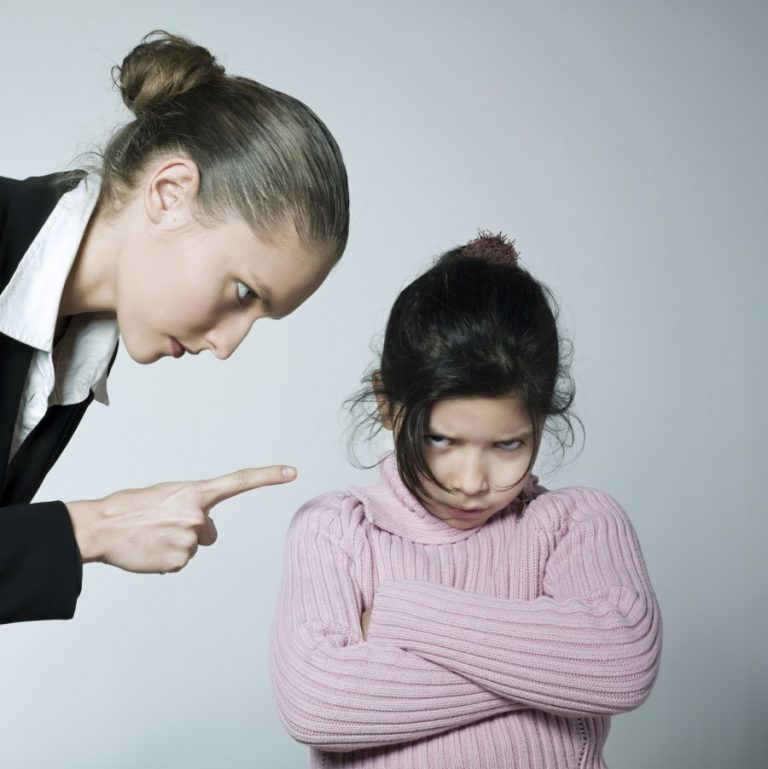
I pay great attention to the ability of children to act together in play situations, to coordinate their actions with the actions of their peers. For this purpose, dramatization games are widely used in our kindergarten. It is dramatization games that contribute to the development of genuine communication and the initial stage of role-playing behavior in children. For dramatization games, I select fairy tales, the content of which contains dialogues between characters. (“Gingerbread Man”, “Teremok”, “Who Said Meow”, “The Wolf and the Seven Kids”, “Under the Mushroom”, etc.)
One of the important points in guiding children's play at this stage is leading them to an awareness of the role they play in the game, and thereby leading to genuine role-playing.
I give the child different roles, and in order for the child to better penetrate the image of the character, I use costumes and various attributes.
I give a lot of attention to games that reflect the work of adults.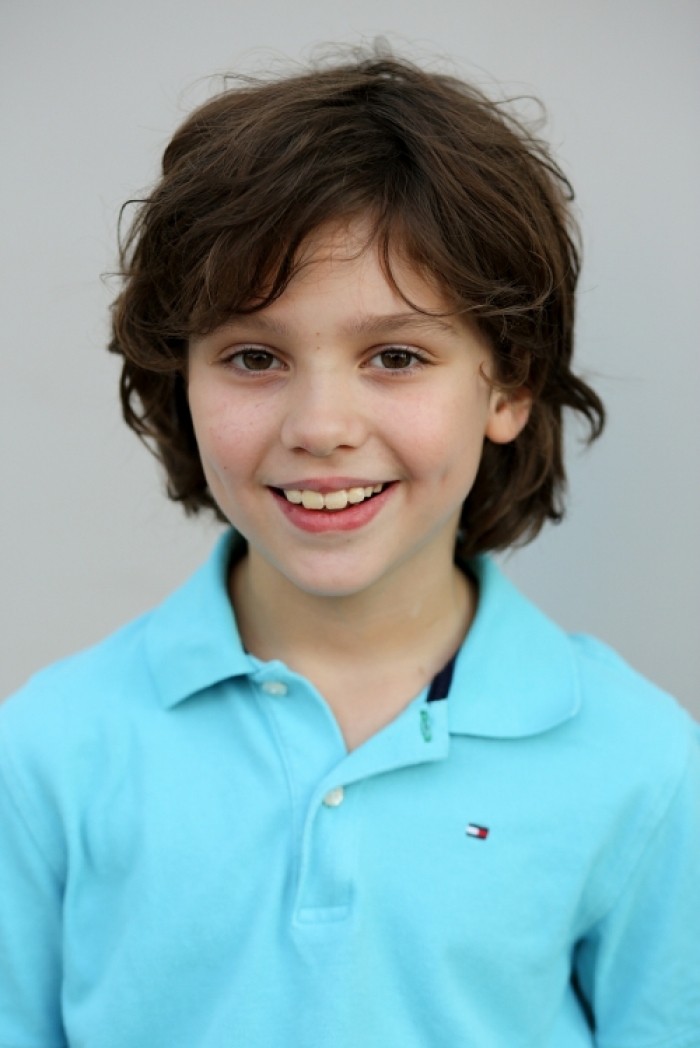 (“Kindergarten”, “Polyclinic”, “Shop”, “Barbershop”, etc.)
(“Kindergarten”, “Polyclinic”, “Shop”, “Barbershop”, etc.)
Each of these games requires the preparation of children. To do this, I form children's ideas about these professions, I use various methodological techniques: excursions, observations of the relationship of people in work, reading fiction, conversations. Together with parents, we prepare the appropriate attributes for the game.
Play in kindergarten is organized as a joint activity, where the teacher acts as a playing partner. With preschool children, I imitate the individual actions of the people around me. At the beginning of each game, I try to create a playful mood in children, to evoke an emotional attitude towards the role in them, while I myself tune in to the game. When participating in the game, I try to control my behavior so that it is natural and emotional, I accept any children's ideas. In the process of playing the game, I teach the child to subordinate his behavior to the role that he has taken on, that is, to act in an imaginary situation. During the game, I try to attract shy children, I give them roles (often the main ones, if they cope) because in the implementation of various roles, children face different requirements for their own actions from others, they face the need to master a new social status, join a new circle communication.
During the game, I try to attract shy children, I give them roles (often the main ones, if they cope) because in the implementation of various roles, children face different requirements for their own actions from others, they face the need to master a new social status, join a new circle communication.
After each game I have a conversation with the children in which I ask the children what they played, who they were, what they did, etc.
"School", "Theater", "Sailors", "Space", "Zoo", "Library", "Shop", "Railway", "Museum". We strive to convey the characteristic features of the depicted person, his experiences.
The game permeates the whole life of a child, it promotes physical and spiritual health, is a source of extensive information, a method of teaching and educating children. With her help, conditions are created for the development of creative abilities, the comprehensive development of the child.
In order for children to be creative in various types of role-playing games, so that they are interesting and attractive, we create the following conditions:
- the content of the games corresponds to the interests and abilities of children;
- pedagogical support of games is built taking into account the gradual development of the child's independence and creativity;
- the necessary attributes for the game are created;
- the subject-play environment of a preschool institution is constantly changing.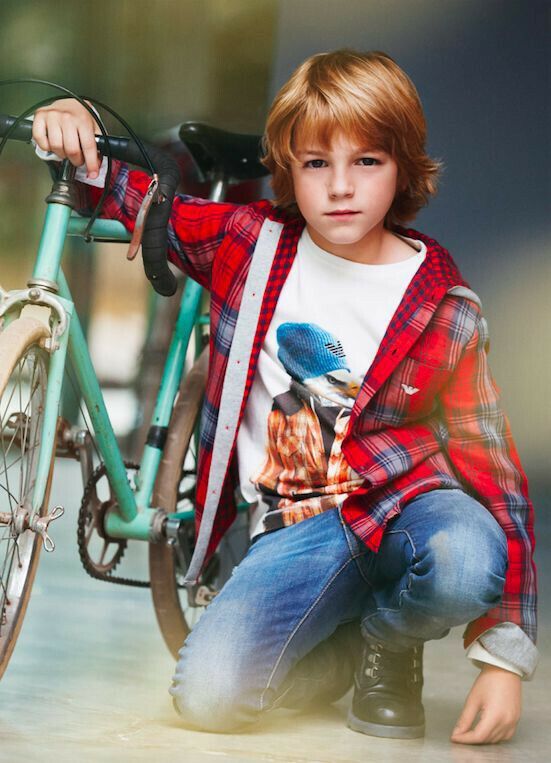
Thus, the pedagogical activities in the organization of role-playing games for children come down to the following:
- Arrange a place for the game that corresponds to the age and number of children playing on it.
- Consider the selection of toys, materials, aids and steadily monitor their updating in accordance with the demands of the developing game process and the overall development of children.
- By guiding the observations of children, to promote the display in the game of the positive aspects of social, working life.
- Ensure that the grouping of children in the game (by age, development of speech, speech skills) contributes to the growth and development of the language of weaker and lagging children.
- To show interest in children's games with conversations determined by their content, to guide the game and, in the process of such guidance, to exercise the language of children.
Play is a means by which children show their independence during the distribution of roles and actions during the game.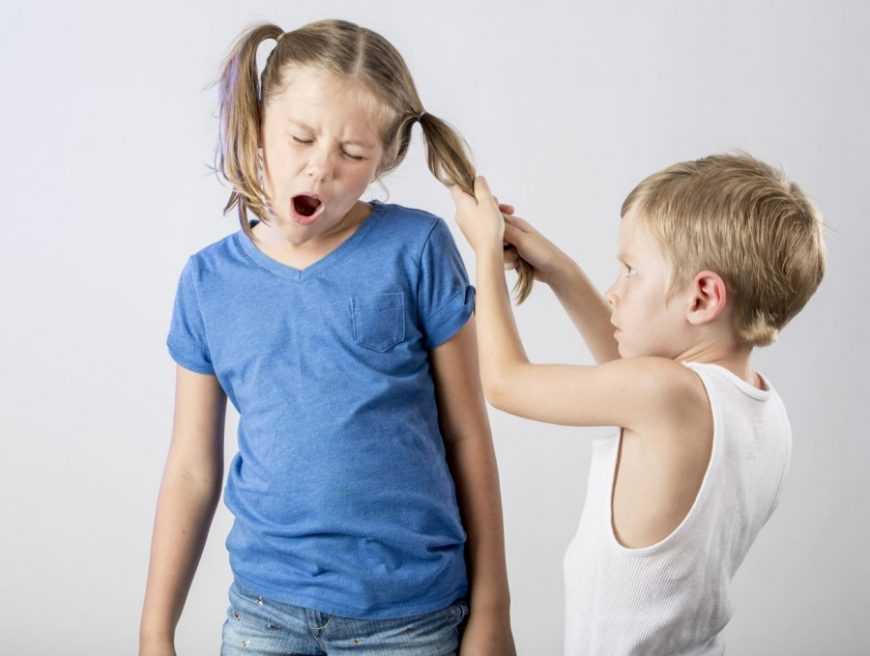 The child lives in the game. And the task of educators is to become a guiding and connecting link in the child-game chain, tactfully supporting the leadership to enrich the children's gaming experience.
The child lives in the game. And the task of educators is to become a guiding and connecting link in the child-game chain, tactfully supporting the leadership to enrich the children's gaming experience.
How to spend time with your child
Articles by psychologists and various motivators often suggest to us, parents, that it is much more important to spend one hour (or even 15 minutes) a day of quality time together with your child than to be with him throughout the day without paying attention to the child. However, paradoxically, most parents fill that very “quality” hour with children with entertaining activities: watching TV, playing multimedia games, at best, going to a cafe or restaurant. And they think it's enough!
But despite the frantic pace of modern life of parents and their overload with a variety of activities, we will devote our advice to the importance of spending time with children, not only qualitatively, but also quantitatively.
When you feel uneasy about not being able to do something for your child and you try to compensate for your inaction, you get a completely unhealthy effect. Instead of being proud of our actions, we overcompensate for them and act like peers instead of acting like parents. It is important to note that this phenomenon is not limited to fathers, who generally spend less time with their children. Overcompensatory behavior, against the intended effect, makes children feel like victims. This happens because children model our behavior and point the finger at the parent who points the finger at himself.
Instead of being proud of our actions, we overcompensate for them and act like peers instead of acting like parents. It is important to note that this phenomenon is not limited to fathers, who generally spend less time with their children. Overcompensatory behavior, against the intended effect, makes children feel like victims. This happens because children model our behavior and point the finger at the parent who points the finger at himself.
Time is the greatest asset we can have. Because our lives are filled with rush, worry, and activity, we often get stressed out by overestimating the importance of spending “quality time” with our kids. But this stress is often generated by our habit of putting children at the bottom of our to-do list. I mean, we tell them "I'll play with you when I do this and that." Spending time with your own children becomes another item on the to-do list between doing laundry and writing a report!
The amount of time spent with children is just as important as the quality of it.

When I realized what all this meant, I thought that it was absolutely necessary to discourage parents from the habit of reducing the time spent with their children, just because of work or circumstances that are beyond their control. My goal is to convey to them that the amount of time spent with children is absolutely as important, if not more, than the quality of it.
As long as it's normal for us to take our kids to Disneyland and consider our parenting task accomplished, we won't get any closer to being a good parent.
Parents need to be around - they need to become eyewitnesses to the lives of children. This means "creating a great time," but it's much more important to be at the center of a child's life. It means being an active participant in your child's daily life struggles.
Do Aikyusha's developmental exercises
For example, working with a dyslexic child to divide words into sounds, or helping a child learn a new dance move, or teaching an aggressive child to manage and control their emotions, we we spend an enormous amount of time. In addition, such activities require from us full dedication, endurance and goodwill. But this is quantitative time. Quantitative time tells us to "be here". Quality time ends as soon as a Saturday trip out of town or a Sunday trip to a sushi bar is over.
In addition, such activities require from us full dedication, endurance and goodwill. But this is quantitative time. Quantitative time tells us to "be here". Quality time ends as soon as a Saturday trip out of town or a Sunday trip to a sushi bar is over.
We are speaking in terms of quality time because we live in a society where money and things govern our lives. The solution is simple: make a decision about what family means to you. Once you make your family a priority, it becomes very easy to eliminate things that take up too much of your time and create parenting plans that include the interests of the whole family. Maybe when you were alone and had no children, you could do everything, but with the advent of the family, everything changed. As parents, we have to make tough choices. He suggests that we are more likely to say "no" to acquaintances and activities that are not the focus of our lives. As a rule, we balance on a fine line, but the more we choose, the clearer our priorities become.
In our fast paced society, we often forget that relationships take time and attention. But spending time with your children should not be seen by us as "action time" and certainly should not be felt as a sign of imprisonment. And if so, the shopping game will be your greatest doctor, because it will teach you to really relax.
- Review your life. Day after day, week after week. Press your schedule into family life, find activities that you can do with your family. Make sure you give each child individual attention. Talk to your child, be interested in what he is doing. Force yourself to be responsive, keep your finger on the pulse of children's life. Be involved in it, even if you are very busy.
- Spending time with a child does not mean that you are doing something exceptional. You just show your interest and attention more often. If you are overwhelmed with worries, ask your child to help. A lot of household chores can involve you in dialogue and discussion of issues available to the child.
